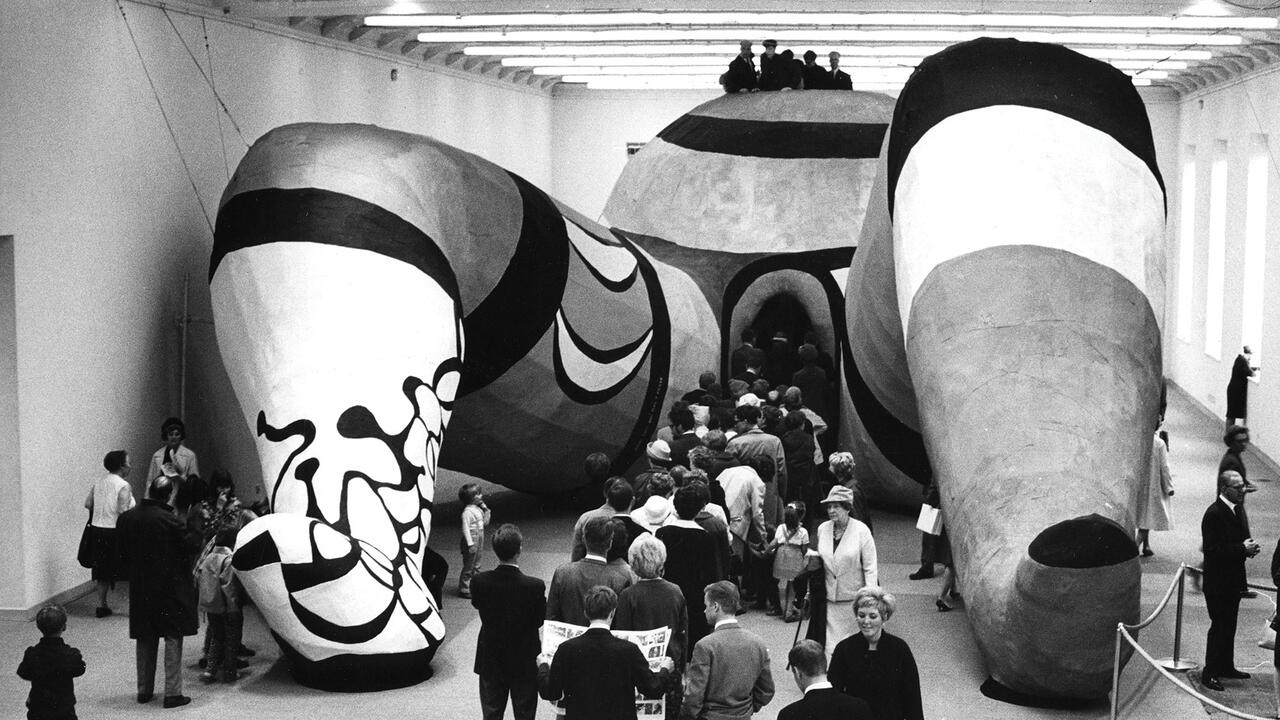‘Paula Rego’s most enduring theme is women alone, dealing with their lot’ – Katherine Angel
In the September issue of frieze, Katherine Angel profiles the irrepressible Paula Rego on the occasion of the painter’s long-overdue major retrospective at Tate Britain, London. Also, Sophie Hughes, Theo Imani, Andrew Maerkle, Vanessa Peterson and Evelyn Taocheng Wang contribute to a dossier on art English and the untranslatable. And Avery Singer answers our questionnaire.
Profile: Katherine Angel on Paula Rego
‘One might wake in the dark, heart pounding, disconcerted by how an apparently simple scene could feel so potent.’ On the occasion of the artist’s largest retrospective to date, at Tate Britain in London, Katherine Angel considers Rego’s powerful, unsettling works and praises a career dedicated to portraying women in all of their complexity and contradiction.
Dossier: English and the Untranslatable
‘A translation can challenge occlusions in the original language’s worldview.’ Sophie Hughes, Theo Imani, Andrew Maerkle, Vanessa Peterson and Evelyn Taocheng Wang reflect on what it means to express yourself in a language that is not your own.
Also featuring
Ahead of a major exhibition of her work at Brussel’s WIELS, artist R. H. Quaytman speaks with historian Yve-Alain Bois. Tom McCarthy pens ‘1500 words’ on a recent visit to Danh Vo’s studio and farmhouse in rural Brandenburg. Philomena Epps writes on the rediscovery of female pop artists, considering femininity, plasticity and the body in works by Rosalyn Drexler, Nicola L and Niki de Saint Phalle. And Steve Locke responds to a single work by Mickalene Thomas.
Columns: Rude Awakenings
Leila Sackur on how Magnus von Horn’s Sweat questions the emotional labour of influencers; So Mayer on two new novels – by Juliet Jacques and Isabel Waidner – that track the legal recognition of transgender people; and Kamayani Sharma on the photojournalists who documented India’s COVID-19 crisis. Plus, Lewis Bush on the political power of photographic archives and Ismail Einashe on Europe’s quarantine boats and the crisis of belonging.
Subscribe now and explore 30 years of editorial on frieze.com.


















































